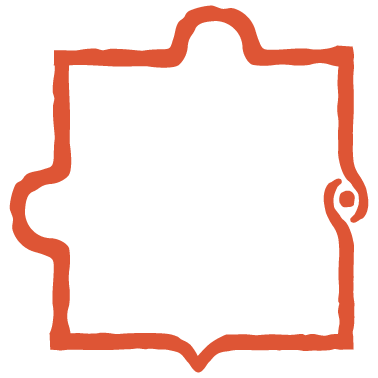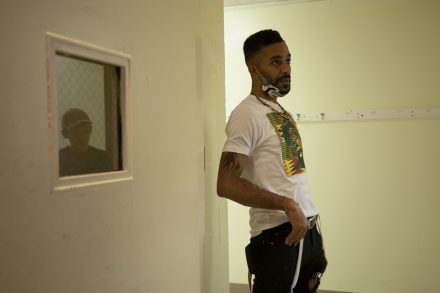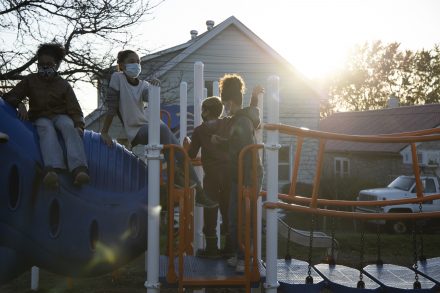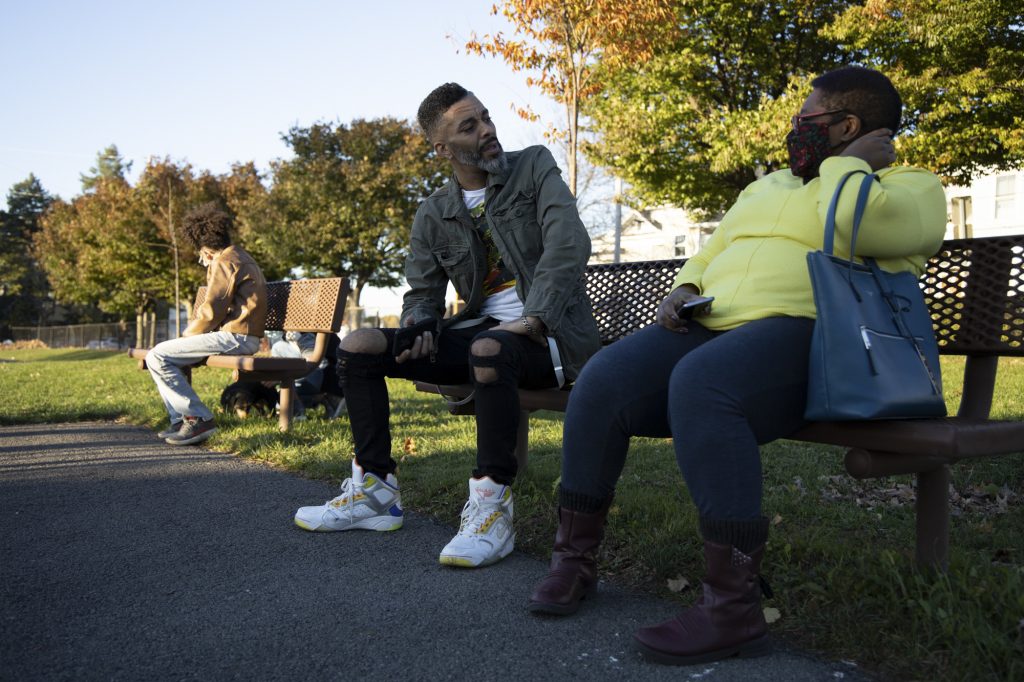Striving for Excellence
Striving for excellence
For already stressed families, the pandemic intensifies a need to address educational inequities and help Syracuse’s youth succeed in school.

ntering the little house on Douglas Street last fall was like stepping into a beehive where there is always movement and work being done.
Past the sunroom was a black-and-white tiled entry room with a keyboard, framed photographs and certificates, and trophies lined up on the mantle of a large fireplace. Around the corner were four children who are always busy, whether they are taking an online political party test, painting with watercolors, calling each other out for not sitting up straight, reading every book in the bookshelf or practicing ninja moves. The walls of this dining-room-turned-classroom were covered in their artwork. The smell of curry drifted from the kitchen while a tiny dog trotted from room to room.
This was the birth of the Academy of Excellence.
Joshua King, a former long-term substitute teacher in the Syracuse City School District, created the Academy last year because he was not satisfied with the education that his two younger brothers, whom he is raising, were receiving.
But it didn’t turn into the full-fledged schooling program it is today for brothers Jayden and Javonte, along with dozens of other students, until the pandemic hit last year.


When schools went virtual in March 2020, King formed the Academy of Excellence to support families like his. With many parents working full time and few with any formal training as teachers, King said students were asked to hold themselves accountable for their education.
“If your kid is learning at home all day by themself and no one’s monitoring them, most students can’t learn by themselves or keep themselves motivated. I get how difficult it is,” King said. “I’ve been there. The first year that I homeschooled [Jayden and Javonte], they were essentially home all day by themselves. The tutor would come in and do her portions, then I’d pick up when I got home from work.”
But the challenges went beyond a lack of supervision. According to Census Reporter half of the students in the Syracuse city schools are living in poverty, which meant staples of learning such as laptops, Wi-Fi hotspots, and the ease of interacting with teachers in a virtual manner were not always there.
Median Household Incomes in Onondaga County School Districts
The median income for households by school district in Onondaga County.
As the new school year started in the fall of 2020, the school district grappled with trying to get students safely back into a classroom setting based on local, state and federal COVID-19 protocols. But the significant expense of supplying laptops and extra resources to those students required for remote learning, in a district where half the students live in poverty, was raising concerns.
The Syracuse schools have the lowest median household income out of all 18 school districts in Onondaga County, according to Census Reporter
“We know that in [Fayetteville-Manlius], you probably already have a computer. You already have Internet, cars, Wifi access, transportation. Somebody’s probably at home,” he said. “Even if both your parents work, there’s probably a grandparent or somebody who is stepping in that adult role. And we just don’t simply have that.”
SCSD School Board president Katie Sojewicz said she is grateful to the families who continue to provide feedback as to how the district can best serve students during these circumstances.
“But as president and as a parent, I think the whole board feels confident that the district did the very best that they could and they continue to all year long,” Sojewicz said. “Absolutely, we had the capacity to give all students a device, and we also had the capacity to give students who needed them hotspots for Internet access.
“We have the utmost confidence in all of our schools, that they were reaching out to their students and their families to make sure that they were given the support that they needed.”
Students in Syracuse weren’t alone in their struggles during the past year. A YouthTruth study of 20,000 students nationally revealed that those who come from low-income families and qualify for free or reduced priced lunches (FRPL) have been struggling the most with access to the Internet and devices during the pandemic, with 26% of FRPL students reporting “limited or no internet access” as an obstacle, compared to 18% of other students. All Syracuse students qualify for FRPL and get free breakfast and lunch all year round through the Community Eligibility Provision for districts with a high percentage of economically disadvantaged students.
Learning obstacles for students from low-income families
Also, challenges were compounded for special education students who required more help or considerations during the past year.
Samantha Pierce, an Academy of Excellence board member, doesn’t believe the district had a well-thought-out plan for providing special education services and resources during the pandemic.
Pierce’s 18-year-old son, Isaiah, is in a special education program in the district. Because virtual learning is especially difficult for him, he didn’t have any schooling for several months at the pandemic’s start until remote learning was arranged a few days a week last summer.
“We tried our best to maintain a routine for him at home and engage him in tasks that would occupy his attention, but he was so bored,” Pierce said.

This curriculum, designed by Pierce and King, aims to give students room to grow into their own personal interests by combining things they are passionate about with the standard skills they need to succeed.
For example, if there is a student who enjoys baking but struggles in math, King and Pierce will create a lesson that allows the student to bake while simultaneously learning math through baking measurements. This kind of lesson would be led by the owner of a local bakery, as the Academy partners with small businesses to help introduce the students to different careers and skills.
“It’s a win for the business owners and it’s a win for the students,” Pierce said. “They get a headstart in life by experiencing all different things. So when people are looking at them and saying, ‘What do you want to do with the rest of your life?’ they’ve had enough experience to answer that question.”
Also, the students, ranging in ages from 10 to 14, were the ones who wrote the Academy’s grant to be recognized as an official charitable organization.
After receiving this new status in October, the Academy expanded and moved into a new facility at University United Methodist Church on East Genesee Street, where there are classrooms for children to have full-time learning space and continue their education with after-school programming.
As safety measures in schools are still fluctuating now more than a year into the pandemic, Syracuse was joining the movement of offering more in-person class days for the final two months of the school year.

Deconstructing the Divide
As of mid-April, the district was allowing students to have a combination of both in-person and remote classes based on their grade level. In the April 15 Thursday Morning Roundtable organized by the Syracuse University Office of Community Engagement, SCSD superintendent Jaime Alicea presented a plan in which he identified equity along with safety and collaboration as one of the district’s three guiding principles for reopening.
“We needed to design a global system by co-creating this system with our community and for our community,” Alicea told the virtual audience.
The Academy has been aiming to make up for the days not in the classroom or for those choosing remote learning by providing space or help from adults and also provides an option for students to sign up for individual programs or activities.
For King, the Academy has been about identifying and meeting his community’s immediate needs. Paired with his spiritual faith, giving back is instrumental to making a difference in the lives of others.
“I know that because six years ago, when I took full-time custody of these two young men, I only had 46 cents in my bank account,” he said. “I didn’t know what I was gonna do, but I trusted God and here we are.”

